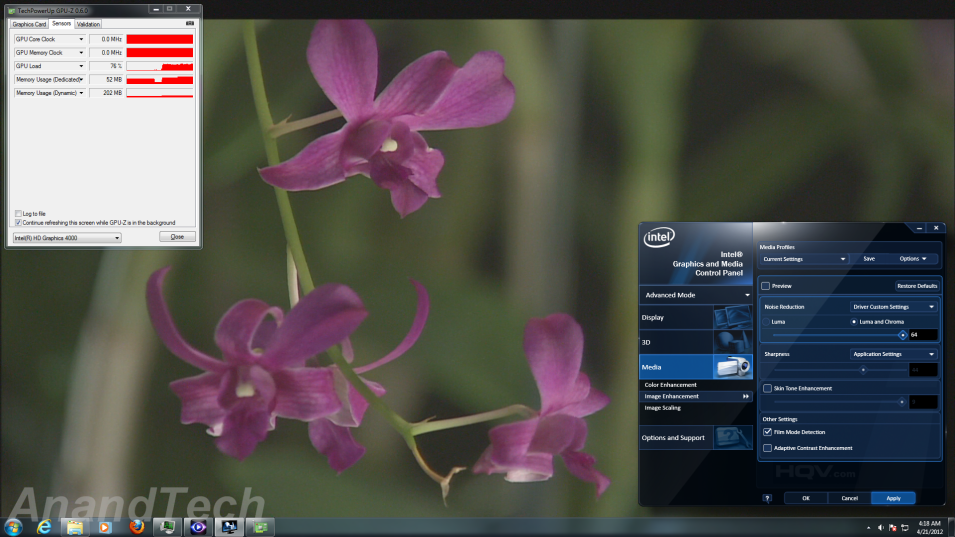I don't know about HD picture quality, but I do not foresee any discernible difference in 1080p between the AMD and the Nvidia. However, for resolutions above 1080p (ultra HD), the GT 650M is at a clear advantage.
There is a noticeable difference between them with video if you are aware of what to look for. Noise management is quite a bit worse for Nvidias, and if you happen to play interlaced videos (1080i, 480i, etc.) then you'd see poorer hardware deinterlacing with Nvidia solutions. You can run some video benches if you want to.
AMD's hardware video decoding is plenty close to the quality of a good software decoder. Nvidia has improved a lot recently, but is still behind AMD. The gap especially widens when you start using the digital vibrance and dynamic contrast controls.
Though these are last generation boards, it would give you a good idea of the difference in deinterlacing quality:


Here's the difference in noise management and color rendition after filters (progressive scan video):


That being said, Nvidia's solutions are still better than most consumer-grade dedicated players.
Intel actually does better than Nvidia when it comes to video handling. The HD 4000 equipped Intel processors are good enough to compete with Trinity for video playback. Here's a screenshot:
